Sotho Traditional Attire: From Past to Present
Sotho Traditional Attire: From Past to Present
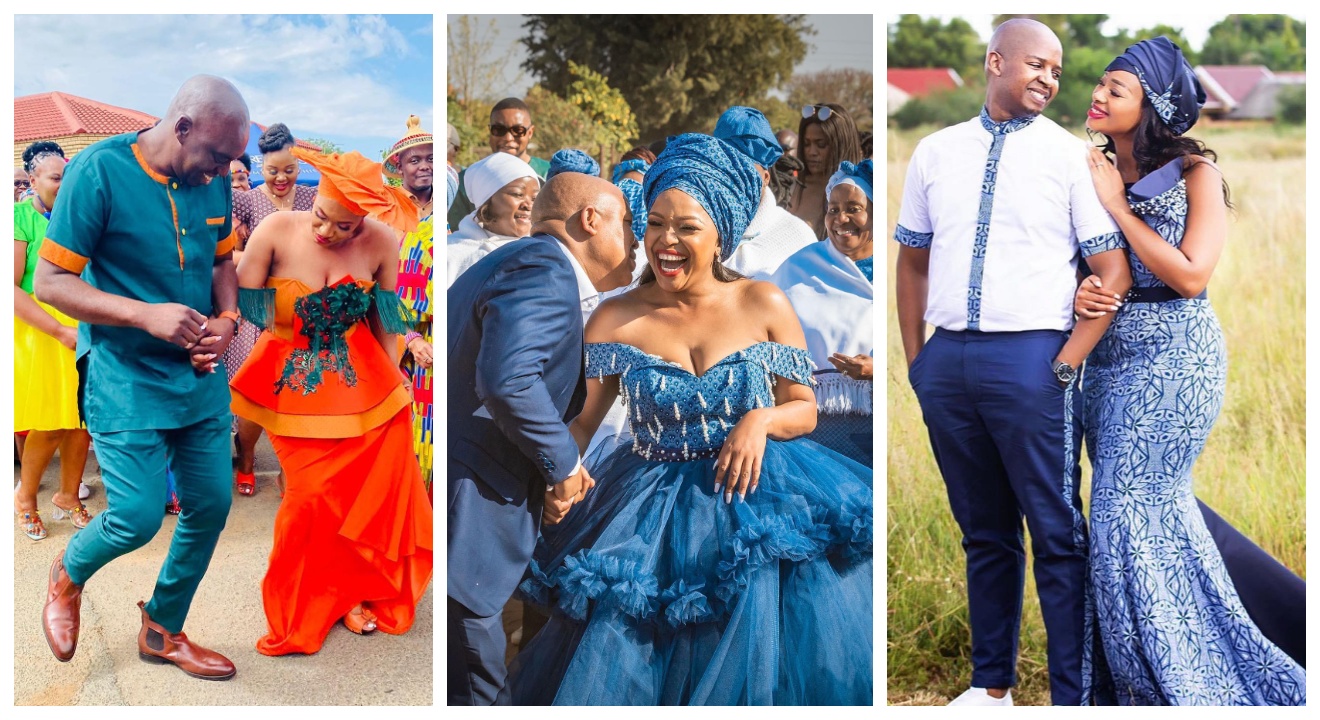
Introduction
Sotho traditional attire has a rich history that spans from the past to the present. It reflects the cultural heritage and identity of the Basotho people, who are indigenous to Lesotho and parts of South Africa. From vibrant colors to intricate beadwork, Sotho traditional attire showcases the creativity and craftsmanship of this ethnic group.
Overview of Sotho Traditional Attire
Sotho traditional attire is characterized by various elements that make it unique and visually appealing. Women usually wear a dress called a “seshoeshoe,” which is made from colorful fabric with intricate patterns. The seshoeshoe can be accessorized with a headwrap known as a “doek” or a blanket known as a “Seanamarena.” Men typically wear a “kola,” which is a woven blanket, along with pants and a shirt.
The colors used in Sotho traditional attire have symbolic meanings. For example, red represents love and passion, while blue symbolizes peace and tranquility. Beadwork is also an important aspect of Sotho traditional attire, with beads often being used to adorn clothing, jewelry, and accessories.
In recent years, there has been a resurgence in the popularity of Sotho traditional attire, not only among the Basotho people but also among fashion enthusiasts around the world. Designers have incorporated Sotho-inspired elements into their collections, showcasing the beauty and cultural significance of this attire.
Sotho traditional attire is more than just clothing; it is a symbol of heritage, pride, and identity. By wearing these garments, individuals can celebrate their culture and keep their traditions alive for future generations to cherish.
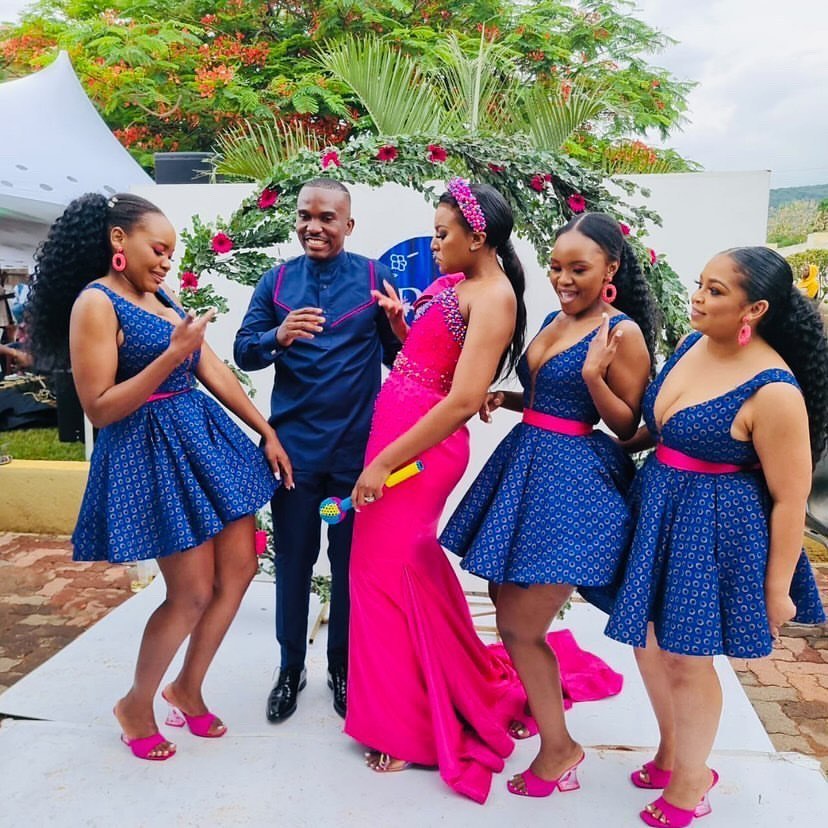
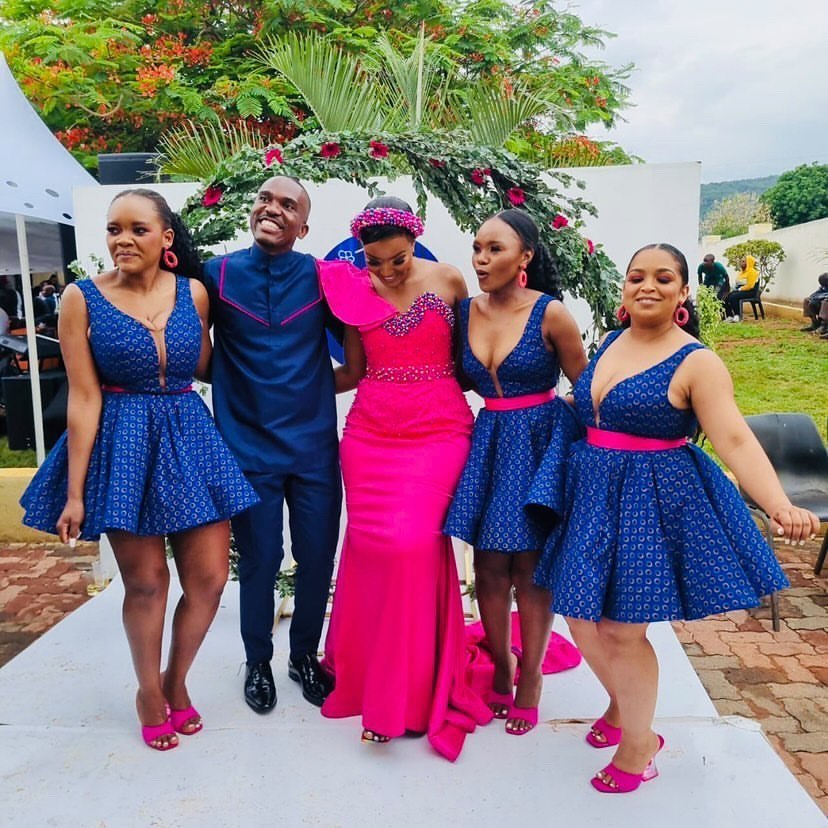
History of Sotho Traditional Attire
Origins and Evolution of Sotho Traditional Clothing
Sotho traditional attire holds a rich cultural significance that has evolved over time. The origins of Sotho traditional clothing can be traced back to the indigenous people of Lesotho, a landlocked kingdom in southern Africa. These garments were initially made from animal skins to provide protection and reflect the natural resources of the area.
As time passed, Sotho traditional attire underwent transformation, incorporating more modern elements while staying true to its roots. Intricate beadwork, vibrant colors, and unique patterns have become signature features of Sotho clothing. Different regions within Lesotho have their own distinct styles, reflecting the diversity and individuality of the Sotho people.
Today, Sotho traditional attire is not only worn for ceremonial purposes but also embraced as a fashion statement. The colorful fabrics and intricate designs have captured the attention of the fashion industry, leading to collaborations between local designers and international fashion brands. This has helped bring Sotho traditional attire onto global runways and into the closets of fashion-forward individuals around the world.
The preservation and promotion of Sotho traditional attire play a crucial role in celebrating cultural heritage and fostering a sense of pride among the Sotho community. It serves as a reminder of the history, traditions, and values that have been passed down through generations. By embracing their traditional clothing, the Sotho people are keeping their culture alive and ensuring its legacy continues to thrive well into the future.
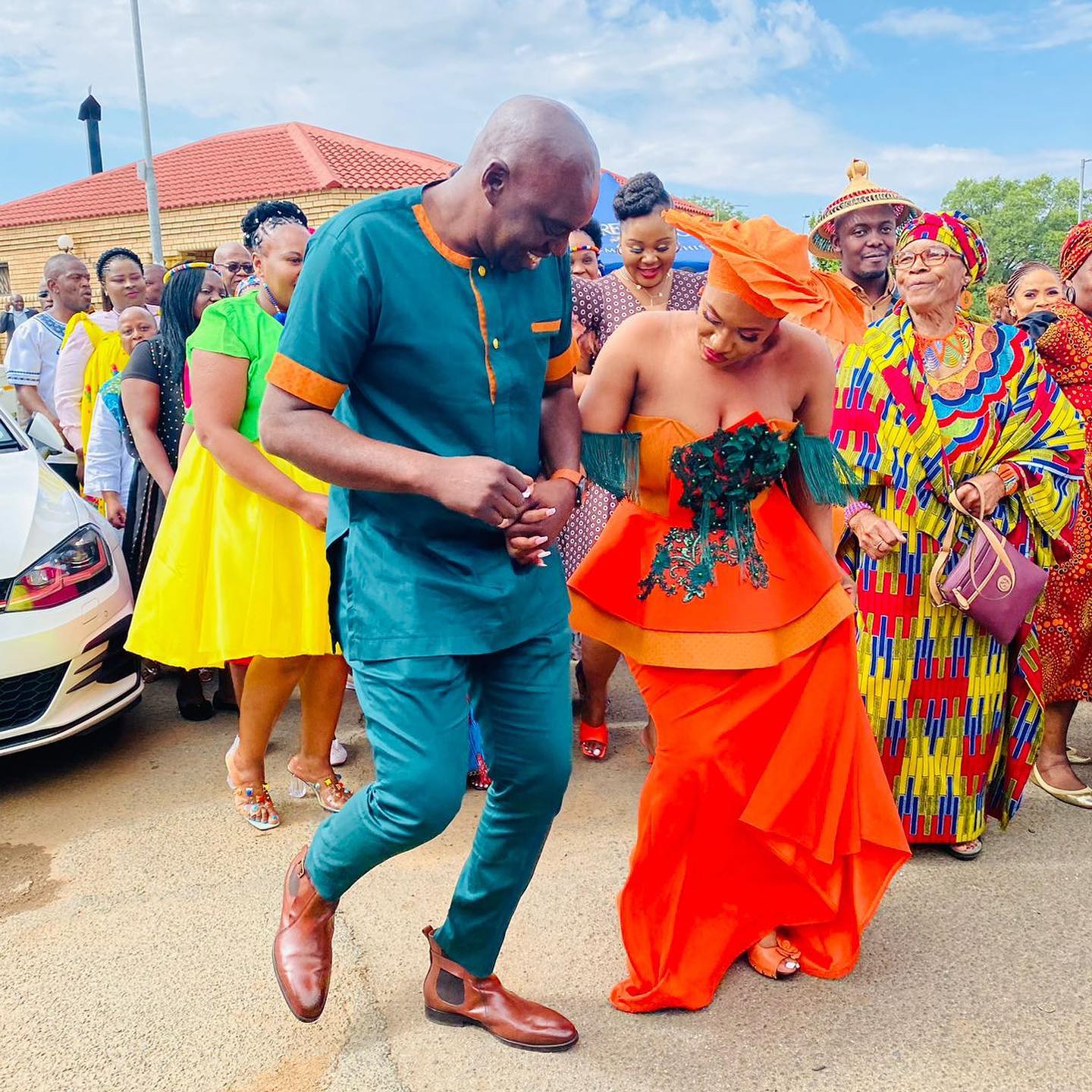


Types of Sotho Traditional Attire
Sotho traditional attire is a vibrant reflection of cultural heritage and pride. With rich history and traditions, these attires have evolved over time and continue to hold significance in both ceremonial and everyday wear. There are two main types of Sotho traditional attire:
Different Styles and Designs of Sotho Traditional Clothing
- Basotho Blankets: These blankets are a symbol of the Sotho culture. Known for their distinctive patterns and colors, Basotho blankets are worn by men, women, and children for various occasions. They often bear important symbolic meanings, representing family lineage, social status, or personal achievements.
- Seshoeshoe: Seshoeshoe fabric is a signature textile in Sotho traditional clothing. It features bright, colorful designs and is used to create traditional dresses, skirts, shirts, and other garments. Seshoeshoe fabric has gained popularity not just within the Sotho community but also among fashion enthusiasts worldwide.
- Modern Fusion: In recent years, there has been a rise in the fusion of traditional Sotho clothing with modern fashion trends. This includes incorporating Sotho prints or elements into contemporary clothing styles, creating a unique blend of old and new.
Sotho traditional attire serves as a way to showcase cultural heritage and identity. It is worn with pride during important occasions such as weddings, festivals, and ceremonies. Whether donning the Basotho blankets or embracing the vibrant Seshoeshoe fabric, individuals who wear these attires celebrate their roots while also embracing modern influences.
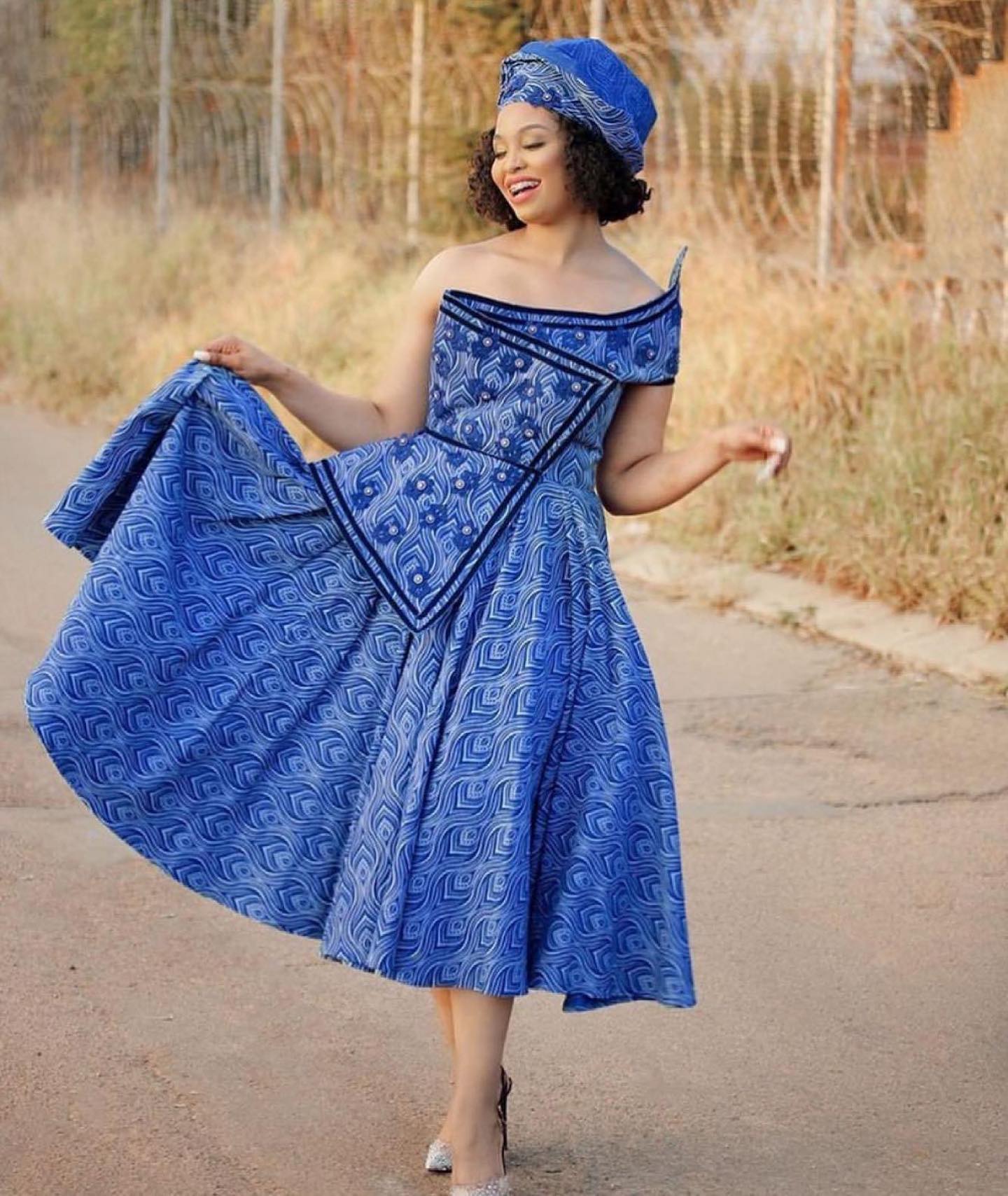


Materials Used in Sotho Traditional Attire
Sotho traditional attire is an important part of the culture and identity of the Sotho people. The clothing is made using a variety of materials, each with its own significance and history.
Fabrics and Textiles Commonly Used in Sotho Traditional Clothing
The Sotho people have a rich tradition of using different fabrics and textiles to create their traditional attire. Some of the most commonly used materials include:
- Basotho Blankets: These iconic blankets are considered a symbol of the Basotho culture. They are made from wool and come in a variety of vibrant colors and patterns.
- Seshoeshoe: Seshoeshoe is a unique fabric that is synonymous with Sotho attire. It originated in Lesotho but has become popular throughout Southern Africa. It features bold and intricate designs printed on cotton or mixed blends.
- Marmalade Fabric: Marmalade fabric is another popular material used in Sotho traditional attire. It is known for its bright, colorful patterns and is often used to create dresses, skirts, and head wraps.
- Lace: Lace fabric is also commonly incorporated into Sotho traditional clothing, adding a touch of elegance and femininity to the garments.
These fabrics and textiles are not only visually striking but also hold cultural significance for the Sotho people. They represent their history, beliefs, and sense of community.
Sotho traditional attire has evolved over time, reflecting changes in fashion trends while still honoring and preserving their heritage. Today, these garments continue to be worn proudly during special occasions, ceremonies, and festivals as a way to celebrate the rich cultural traditions of the Sotho people.
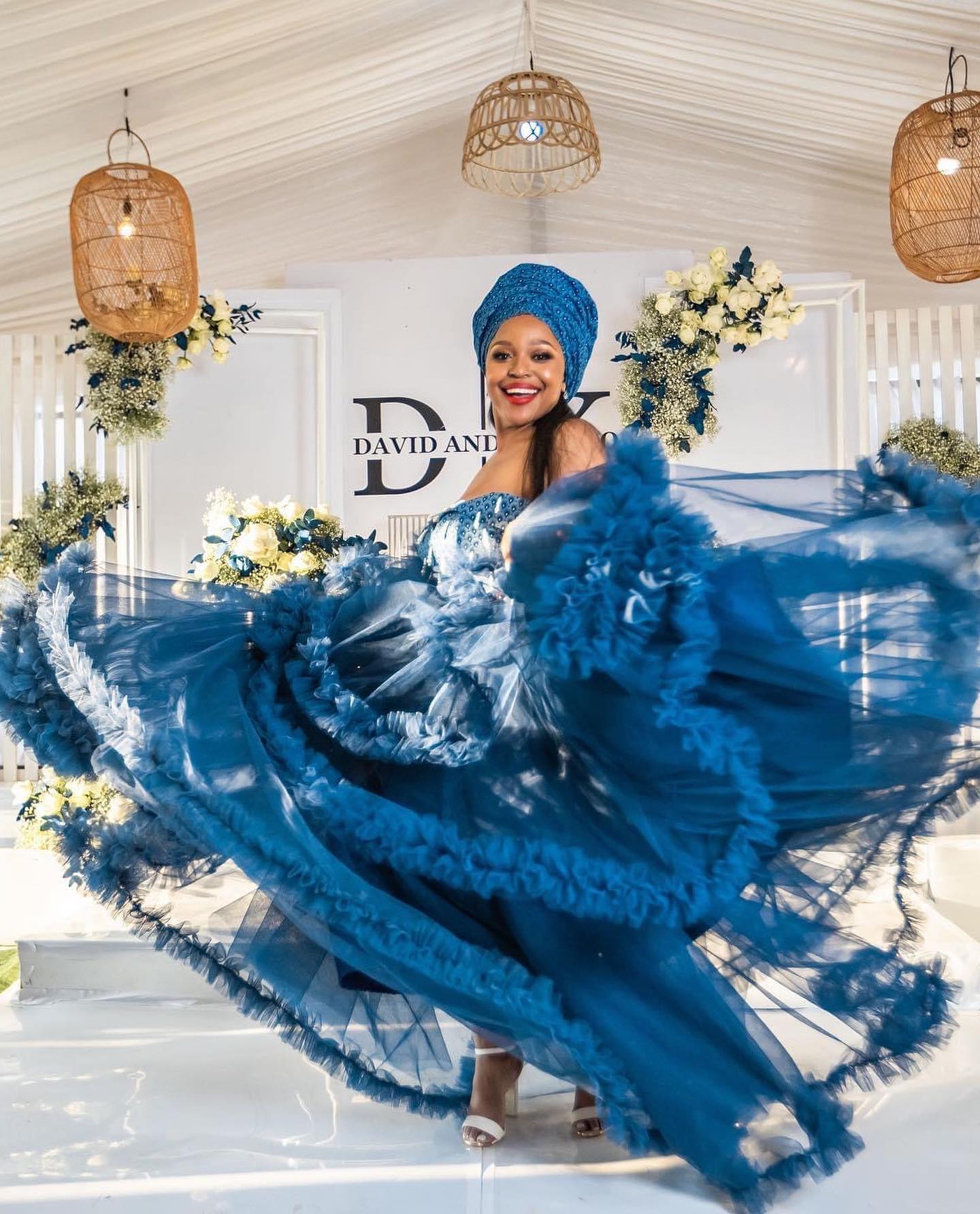
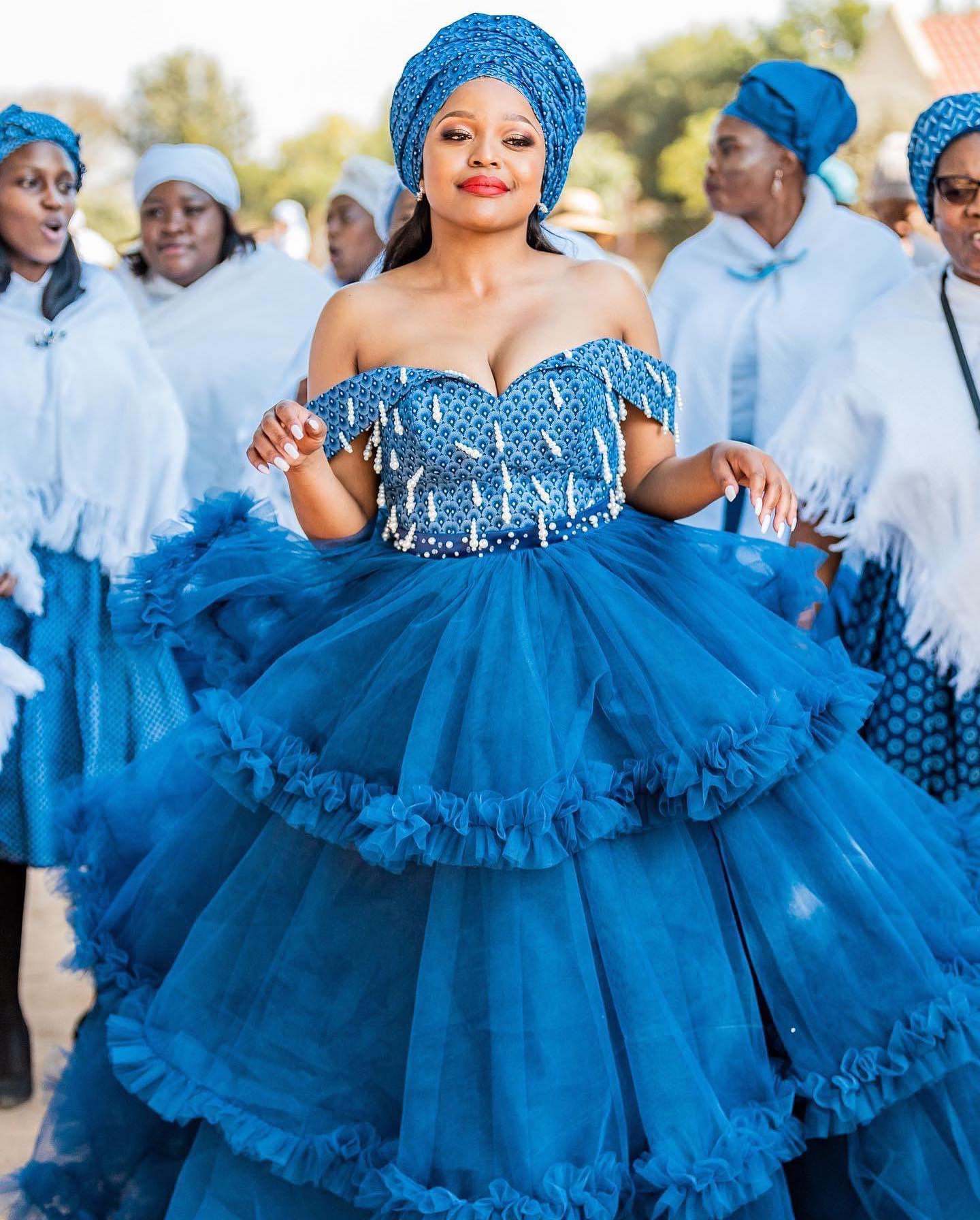
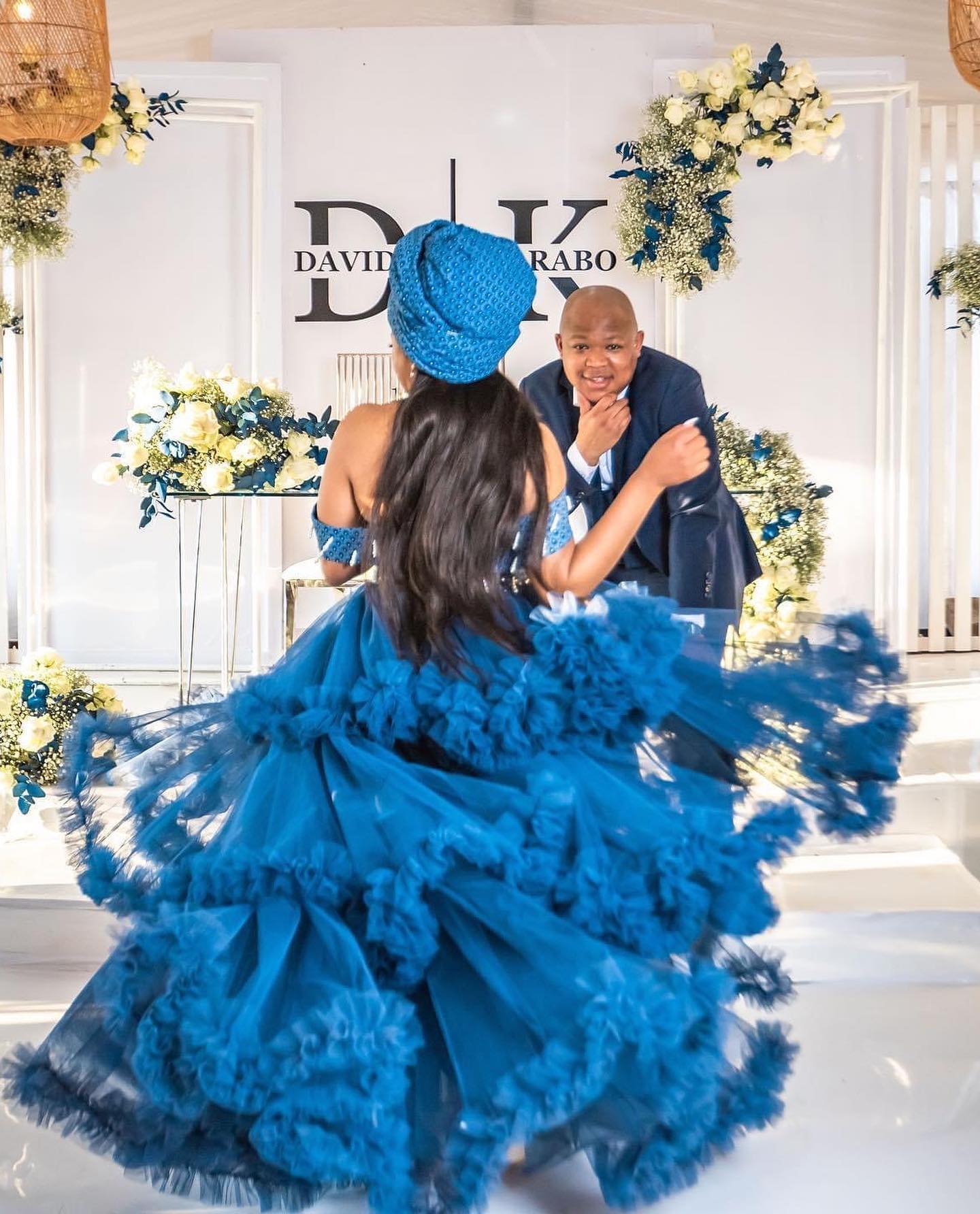

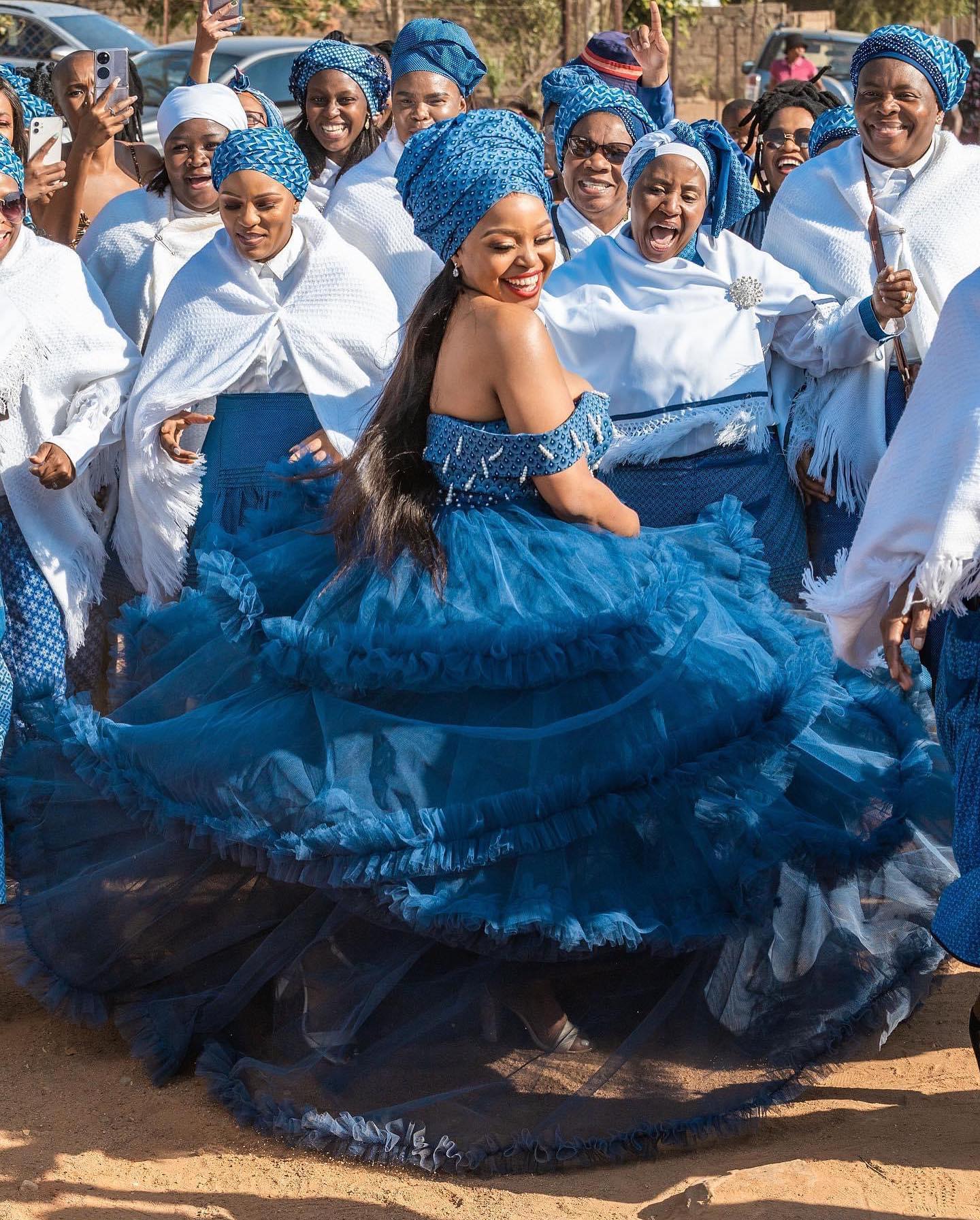
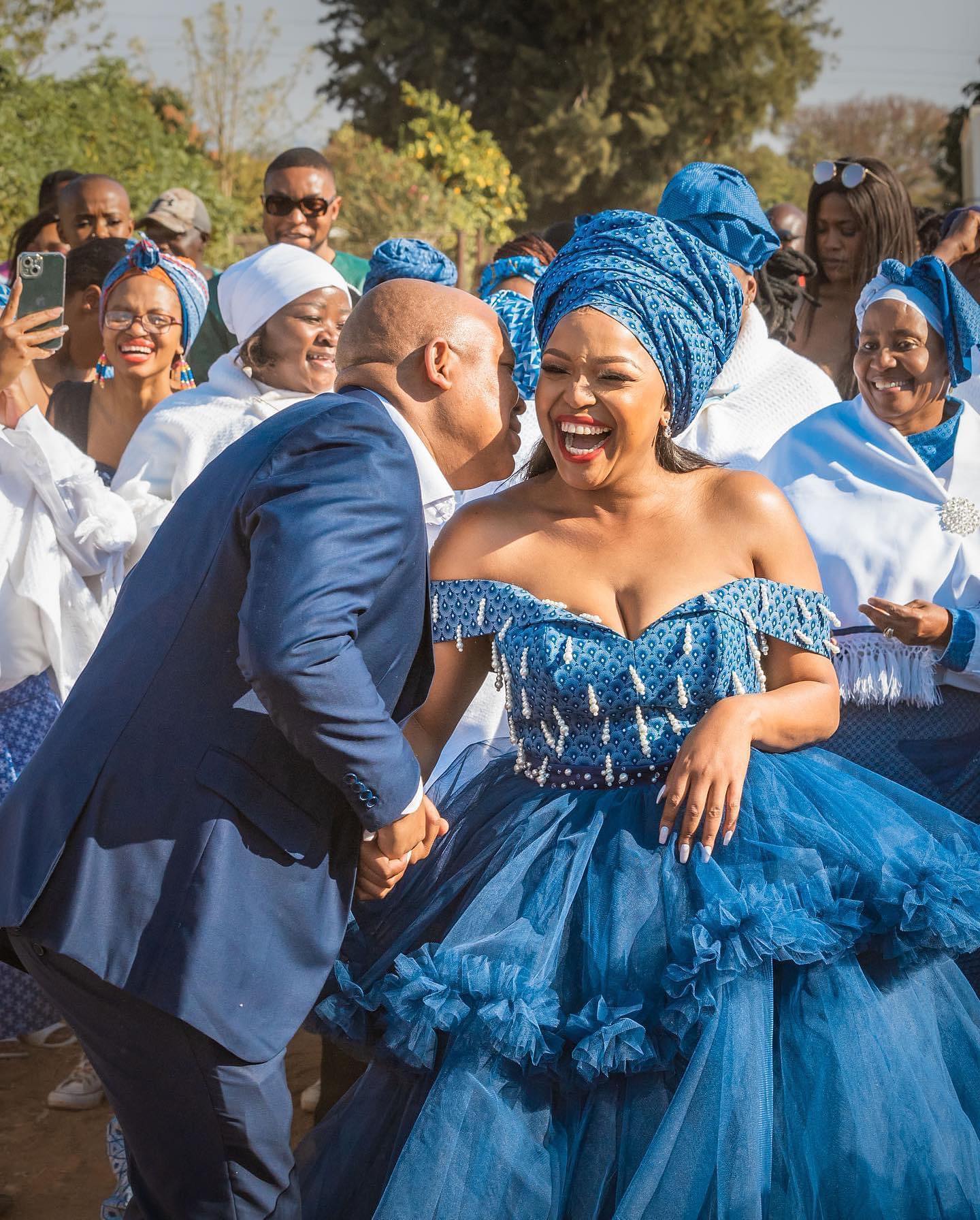
Significance and Symbolism of Sotho Traditional Attire
Meaning and Cultural Importance of Sotho Traditional Clothing
Sotho traditional attire holds a deep cultural significance that has evolved over time. From the past to the present, it remains an integral part of the Sotho people’s identity and heritage.
The Sotho traditional clothing is not merely a fashion statement; it represents a rich tapestry of history, customs, and values. Worn during special occasions and ceremonies, these garments reflect the pride and unity of the community.
Each element of Sotho traditional attire carries symbolic meaning. The vibrant colors, intricate patterns, and unique designs tell stories of ancestral wisdom, spirituality, and social dynamics. They are a visual representation of the Sotho people’s identity, reflecting their values, social status, and cultural practices.
The clothing is handcrafted with great care and attention to detail, using locally sourced materials like leather, beads, and fabrics. These materials are carefully selected to reflect the natural resources found in the Sotho homeland.
Sotho traditional attire has undergone adaptations over time to cater to the changing fashion trends while preserving its cultural significance. Today, it continues to be worn proudly as a way to honor tradition and keep the Sotho heritage alive.
Whether worn for weddings, festivals, or other special occasions, Sotho traditional attire serves as a visible reminder of the customs and traditions that have been passed down through the generations. It is a testament to the enduring spirit of the Sotho people and their commitment to preserving their cultural legacy.
Accessories and Embellishments in Sotho Traditional Attire
Sotho traditional attire is a celebration of culture and heritage, showcasing the rich traditions of the Basotho people. The attire consists of various accessories and embellishments that have been passed down through generations.
Ornaments and Decorative Elements in Sotho Traditional Clothing
The Sotho traditional attire is known for its intricate details and beautiful ornaments. Beadwork is a prominent feature, with colorful beads adorning garments, bracelets, and necklaces. These beads symbolize different aspects of the Basotho culture and can be customized to reflect the wearer’s identity.
In addition to beadwork, decorative elements like embroidery, fringes, and patterns are used to enhance the beauty of Sotho traditional clothing. These elements are carefully crafted by skilled artisans using traditional techniques, adding depth and character to the attire.
Furthermore, accessories such as hats and blankets play an integral role in Sotho traditional attire. The Basotho people are renowned for their unique hats, known as “mokorotlo.” These distinctive conical hats are made from woven straw and are often embellished with beads or feathers.
Blankets, known as “seana marena,” hold great cultural significance in Sotho tradition. They are not only used for warmth but also as a form of identity and status. Each blanket design tells a story, representing different clans or achievements within the community.
In conclusion, Sotho traditional attire captures the essence of Basotho culture through its accessories and embellishments. The intricate beadwork, decorative elements, hats, and blankets all contribute to the beauty and significance of this vibrant attire.

Modern Adaptations of Sotho Traditional Attire
Sotho traditional attire has evolved over the years, reflecting the changing times and trends while still preserving its cultural significance. Today, modern adaptations of Sotho traditional clothing can be seen in various aspects, such as design, materials, and styling.
Contemporary Trends and Innovations in Sotho Traditional Clothing
- Fusion of Traditional and Modern: Many designers have introduced a fusion of traditional Sotho elements with contemporary fashion trends. This combination results in unique and stylish outfits that appeal to both the younger generation and those who want to embrace their cultural heritage.
- Experimentation with Fabrics: In addition to using traditional fabrics like Basotho blankets, modern Sotho attire also incorporates innovative materials such as denim, lace, and sequins. These fabrics enhance the visual appeal of the clothing while keeping the essence of Sotho culture intact.
- Emphasis on Detailing: Contemporary Sotho garments often feature intricate beadwork, embroidery, and embellishments. These added details elevate the overall look, making it more visually captivating and exclusive.
- Versatility in Styling: Unlike the past, Sotho traditional attire is not limited to specific occasions or ceremonies. Nowadays, people can incorporate elements of it into their everyday wear or even create modern interpretations for special events.
- Promoting Entrepreneurship: The modernization of Sotho traditional attire has led to a surge in small-scale businesses run by local designers and artisans. This entrepreneurial spirit fosters economic growth while preserving the cultural heritage of the Sotho people.
In conclusion, the evolution of Sotho traditional attire reflects the adaptability and creativity of the Sotho culture. The modern adaptations not only maintain the essence of tradition but also cater to the preferences and demands of contemporary fashion.
Influences and Inspirations in Sotho Traditional Attire
The Sotho people have a rich cultural heritage that is beautifully showcased through their traditional attire. Throughout the years, external factors and cultural exchanges have played a significant role in shaping the evolution of Sotho traditional clothing.
External Factors and Cultural Exchanges Impacting Sotho Traditional Clothing
The Sotho traditional attire reflects the influence of various external factors and cultural exchanges. One such influence is the contact with European settlers during colonization, which introduced new fabrics and styles that were incorporated into traditional garments. Additionally, the interaction with other African tribes and ethnic groups has contributed to the blending of different design elements and techniques.
The introduction of Western fashion trends has also had an impact on Sotho traditional attire. As fashion evolves, Sotho designers have embraced modern fabrics, patterns, and cuts, while still maintaining the essence of their traditional clothing.
Furthermore, changes in lifestyle and the need for practicality have influenced the evolution of Sotho traditional attire. Traditional garments have been adapted to meet the demands of contemporary life, resulting in the creation of innovative designs that blend tradition with functionality.
Despite these external influences, Sotho traditional attire remains deeply rooted in their cultural identity and heritage. It serves as a symbol of pride and belonging for the Sotho people, connecting them to their ancestors and reflecting their unique traditions and customs.
In conclusion, the evolution of Sotho traditional attire has been shaped by external influences and cultural exchanges. From European fabrics to modern trends, these influences have added depth and diversity to Sotho traditional clothing while preserving its cultural significance.
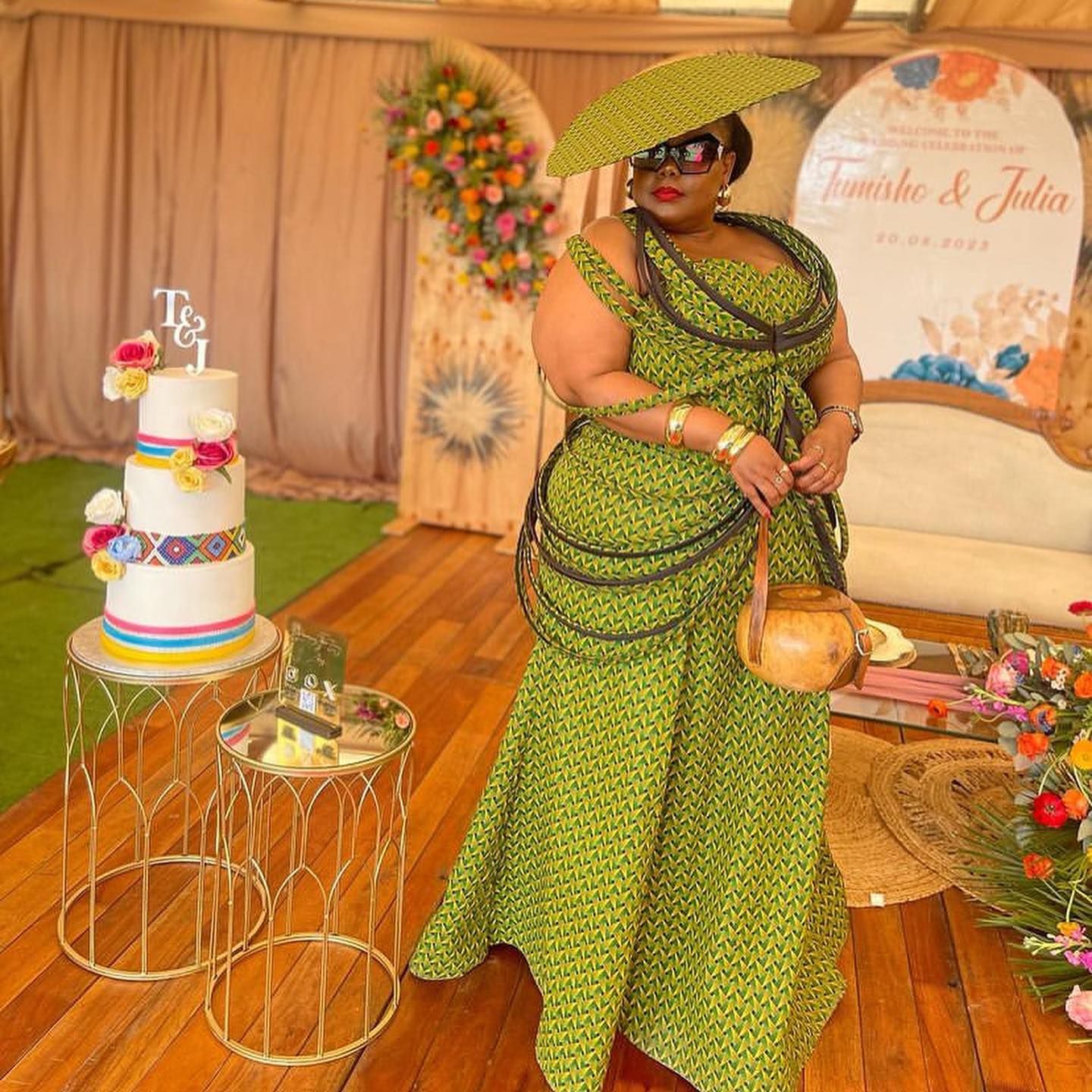
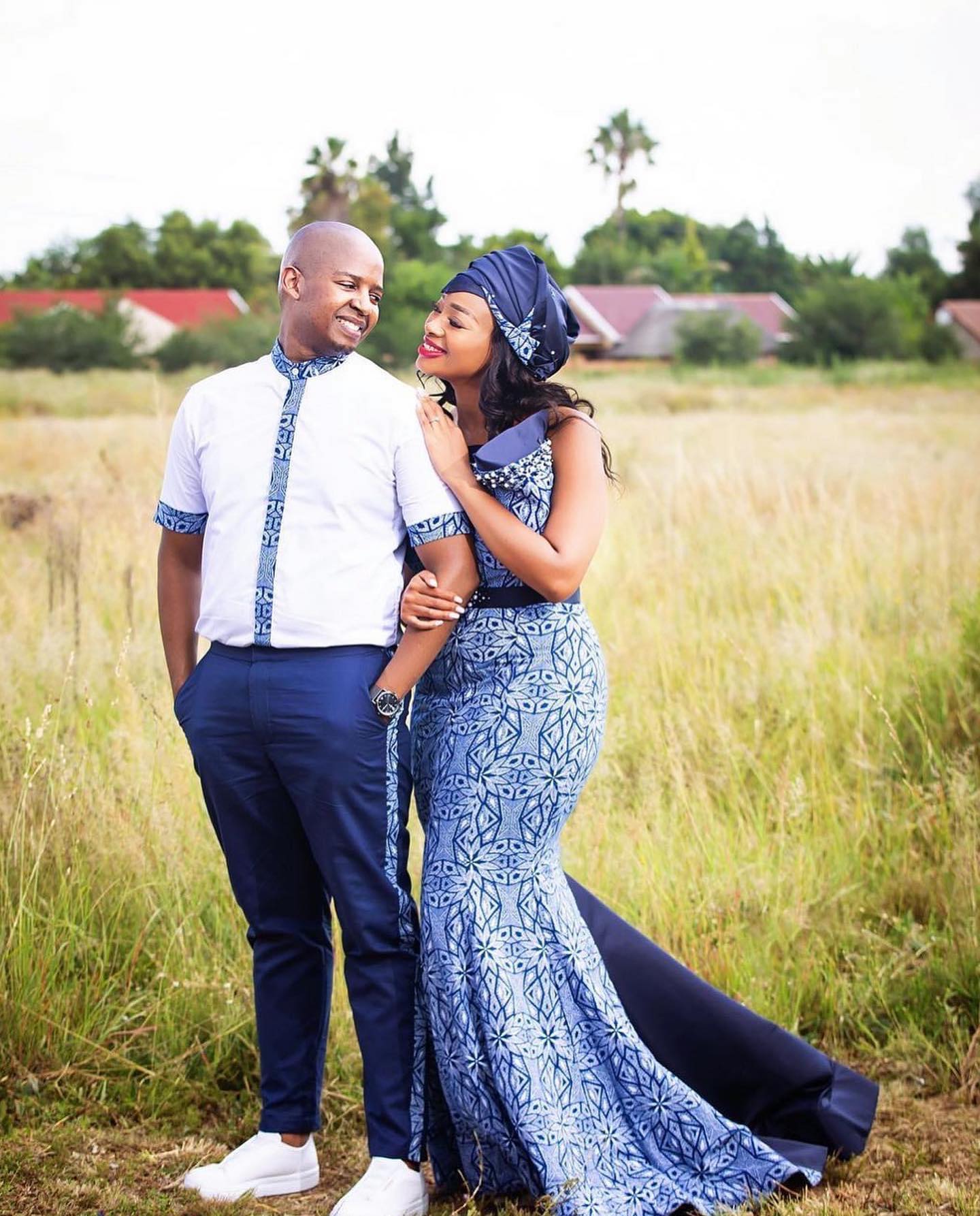
Conclusion
From past to present, Sotho traditional attire has remained an integral part of the rich cultural heritage of Lesotho. It serves as a symbol of identity, pride, and unity among the Sotho people. The intricate designs, vibrant colors, and unique craftsmanship showcased in Sotho traditional attire have captivated the attention of people worldwide.
Preservation and Appreciation of Sotho Traditional Attire
The preservation and appreciation of Sotho traditional attire are crucial to safeguarding the cultural heritage of the Sotho people. By recognizing its significance, supporting local artisans and designers, and incorporating elements of Sotho attire into contemporary fashion, we can ensure the longevity of this unique cultural expression.
FAQ (Frequently Asked Questions)
Q: Where can I purchase authentic Sotho traditional attire?
A: Authentic Sotho traditional attire can be found in specialty stores in Lesotho or through online platforms that support local artisans and businesses. It is important to ensure that the sellers are reputable and genuinely committed to promoting authentic Sotho culture.
Q: Can I incorporate elements of Sotho traditional attire into my everyday wardrobe?
A: Absolutely! Many designers and fashion enthusiasts are embracing the beauty of Sotho traditional attire by incorporating its elements into modern clothing styles. Whether through accessories, prints, or specific design elements, adding a touch of Sotho tradition to your everyday wardrobe is a wonderful way to celebrate and appreciate this cultural heritage.
Q: How can I learn more about the history and significance of Sotho traditional attire?A: Reading books, articles, or attending cultural events and exhibitions dedicated to showcasing Sotho culture can provide valuable insights into the history and significance of Sotho traditional attire. Additionally, engaging in conversations with members of the Sotho community or seeking guidance from cultural experts can further deepen your understanding and appreciation.
Comments are closed.